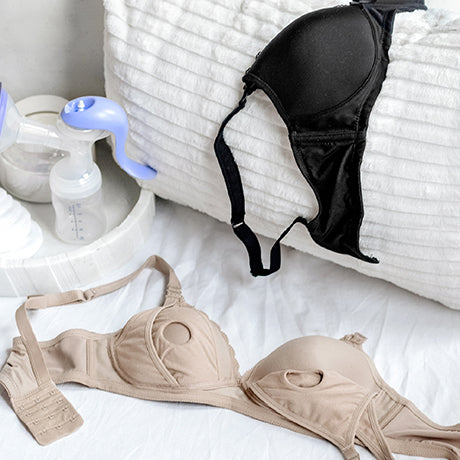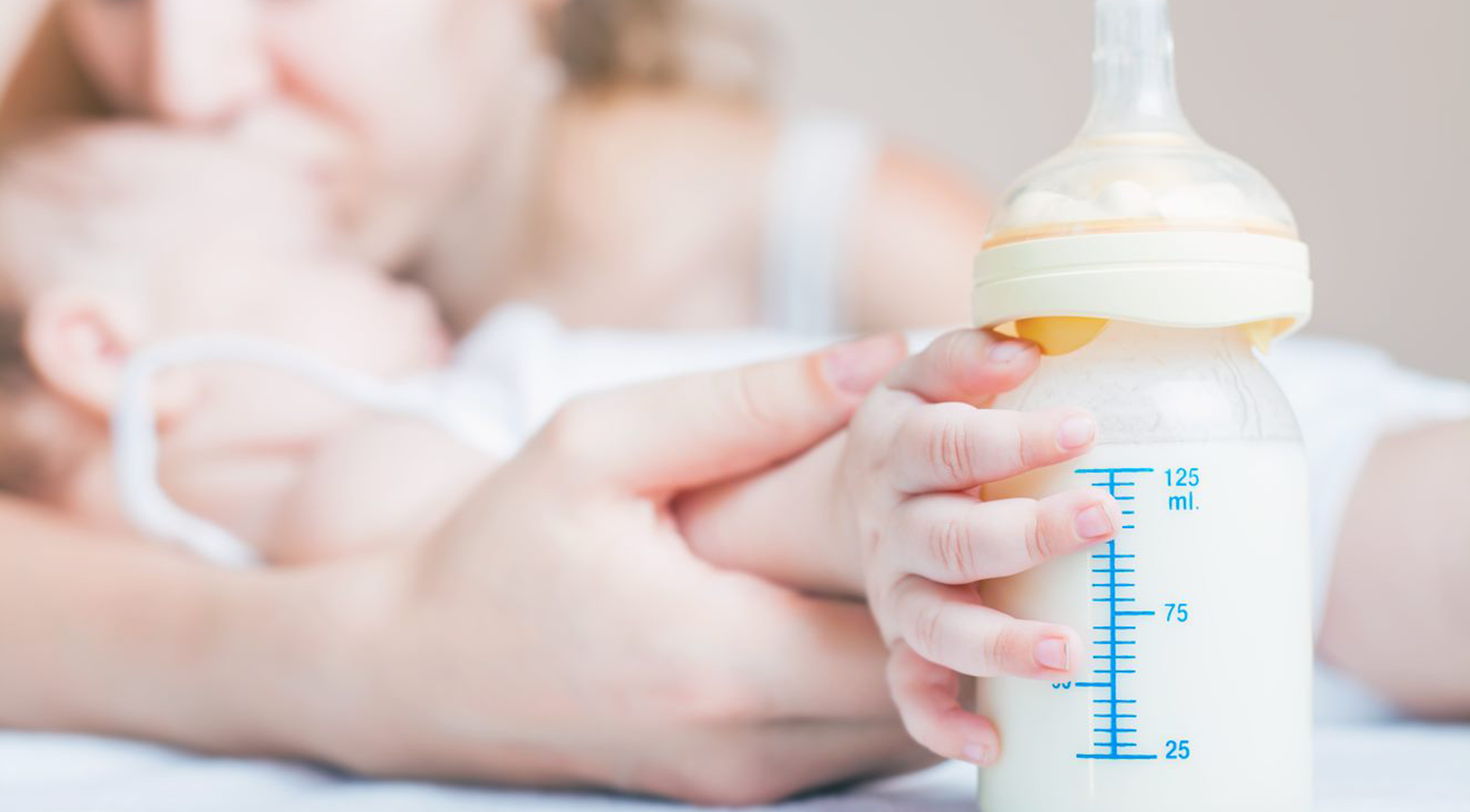Toy Safety for a Happy Holiday Season – Part 1
 It’s holiday time and you’re surely scoping out the best toys for your kiddos this year. But as amazing as some toys are, they aren’t so hot if they aren’t safe for the developmental stage of your child. December is Toy and Gift Safety Awareness Month. As we’re all looking for the best toys and gifts to give during the holiday season, this is a great time of year to consider toy safety for children. This week we’re examining statistics surrounding toy injuries and offering tips on toy safety.
It’s holiday time and you’re surely scoping out the best toys for your kiddos this year. But as amazing as some toys are, they aren’t so hot if they aren’t safe for the developmental stage of your child. December is Toy and Gift Safety Awareness Month. As we’re all looking for the best toys and gifts to give during the holiday season, this is a great time of year to consider toy safety for children. This week we’re examining statistics surrounding toy injuries and offering tips on toy safety.
Toys are supposed to bring fun and happiness into your home. Unfortunately, toys are responsible for more injuries, and even deaths, than you may think. Most toy injuries are due to user error or wear-and-tear, not an actual malfunction of the toy itself. In fact, the U.S. Consumer Product Safety Commission has strict guidelines for toys that are manufactured or imported into our country. The safety precautions include being flame resistant or retardant, not using lead paint, art supplies should not be non-toxic, and stuffed toys should be washable. These standards have been in place since 1995, yet toy safety remains an issue.
The non-profit organization Prevent Blindness designates December as Toy and Gift Safety Awareness Month to help keep parents, grandparents, caregivers and gift-givers vigilant of the toys they select for children as holiday gifts. Almost any toy can be dangerous if mishandled or when it is used by children under the developmentally appropriate age intended for the product. This toy safety campaign also reminds adults to keep a close eye on children as they play to ensure their safety. This is especially true for younger children who are not always aware of the safest way to play with toys.
According to Johns Hopkins Medicine, every year over 200,000 emergency room visits are due to toy injuries. Riding toys such as bikes and scooters are the leading cause of toy injury, are most likely to cause head injuries, and are reported most often for 14 year olds and younger. Other toy-related injuries include choking, drowning, suffocation, lacerations, abrasions and concussions.
Later this week we’ll offer tips on toy safety to help ensure you and the kids on your gift list have a happy holiday indeed.
Sources: Prevent Blindness, Johns Hopkins Medicine, Kid’s Health, Health Tradition and HAP
The post Toy Safety for a Happy Holiday Season – Part 1 appeared first on Leading Lady.







